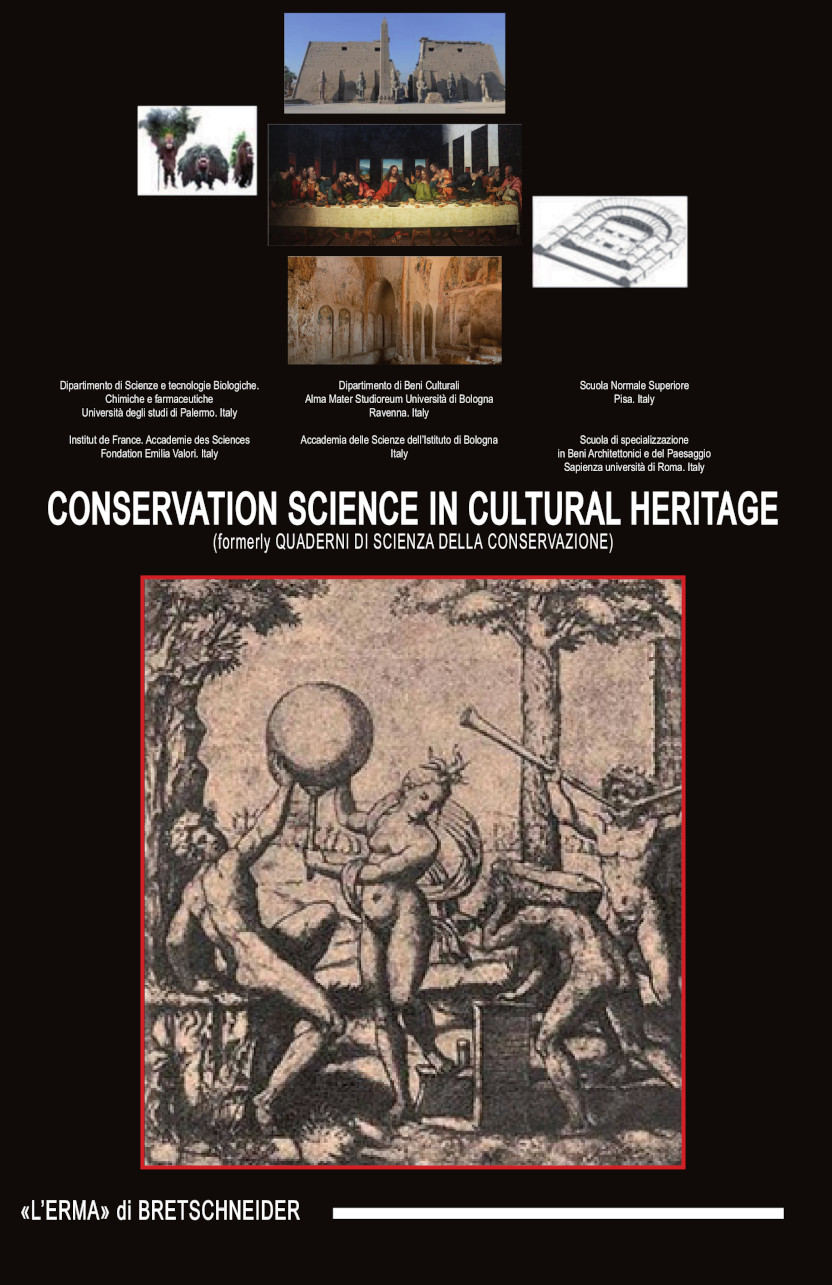From Site Survey to HBIM Model for the Documentation of Historic Buildings: the Case Study of Hexinwu Village in China
DOI:
https://doi.org/10.6092/issn.1973-9494/12793Keywords:
UAV, TLS, HBIM, digital heritage, traditional villageAbstract
Architectural heritage surveying plays a fundamental role in the preservation of historic buildings for scientific research, education and tourism. The use of Unmanned Aerial Vehicles and Terrestrial Laser Scanning techniques are essential for architectural heritage surveying and mapping. In recent years, the combination of Building Information Modelling (BIM) with heritage studies has been presented as Historic BIM (HBIM) which, integrated with UVA and TLS, is a technique that is able to deal more efficiently with the management and protection of historic buildings. This paper focuses on the integration of UVA images and point clouds from laser scanning to build a 3D architectural model for the documentation of Chinese historic buildings. In particular, the method, tested in the case study of the traditional village, Hexinwu, China, can contribute further to the analysis, evaluation and heritage planning of this remarkable architectural structure, thus increasing its historical significance for the future.
Downloads
Published
How to Cite
Issue
Section
License
Copyright (c) 2021 Guiye Lin, Andrea Giordano, Kun Sang

This work is licensed under a Creative Commons Attribution 3.0 Unported License.





